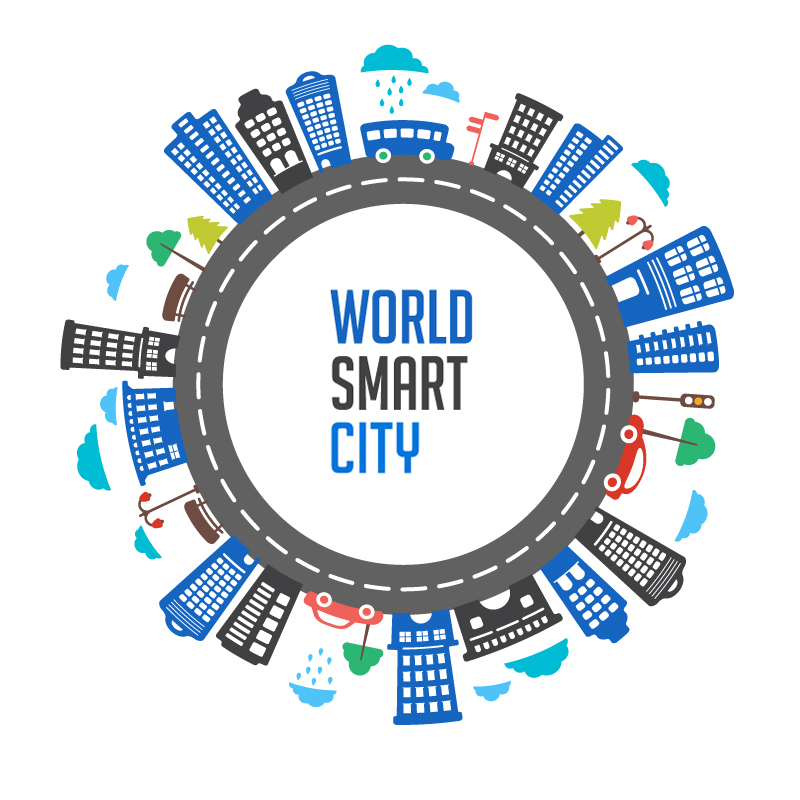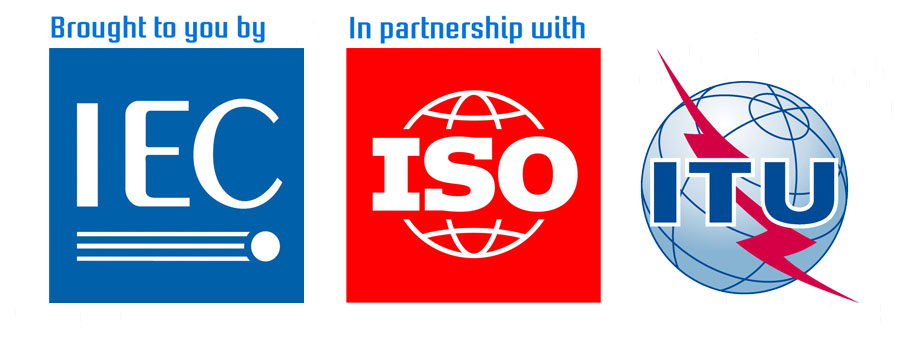Tagged: implementation, improvesmartcity, obstacles, smart city
This topic contains 2 replies, has 2 voices, and was last updated by Alanus von Radecki 5 months, 3 weeks ago.
-
AuthorPosts
-
February 5, 2016 at 9:41 pm #4452
My analisys of the obstacles to #smartcity implementation #SmartCities #ImproveSmartCity #standardcost #iso37120 pic.twitter.com/edt763a2Z2</p>
— Felicetto Massa (@FelicettoMassa) 15 Novembre 2015
Have you got other ideas ?- This topic was modified 6 months, 1 week ago by Felicetto Massa.
-
February 17, 2016 at 8:09 pm #4495
City Accelerator strategies starts from check the cities with management techniques of industrial sector
- This reply was modified 5 months, 3 weeks ago by Felicetto Massa.
-
February 22, 2016 at 2:14 pm #4546
Dear Felicetto, I think that Smart Cities - if we think this through to the end - require a completely new paradigm of an urban economy.
Smart city solutions are characterized through a range of factors that make it impossible to use conventional business models and well-tested technology approaches. Developing smart cities in fact means that local governments and city administrations need to become innovators, just like companies need to discover their corporate share in urban governance. The following list of challenges for developing, implementing and operating smart districts and smart cities is based on a range of surveys, personal interviews, group discussions and personal experiences as co-ordinator of large multi-stakeholder smart city consortia. It is not deemed to be exhaustive but should give a good overview over the current state of smart city challenges in cities and corporations across Europe. The main challenges are structured into three larger categories:
a) challenges through market barriers,
b) organisational challenges,
c) leadership challenges.
Challenges through market barriers:
- Integration of innovative technologies has often not been tested and standards are missing. This lacking precedence means high risk for investment and unsecure ROI, leading to a situation, where conventional investment schemes fail and risks are neither taken by investors nor by the city.
- Cash-flow models are not clear yet – especially in complex stakeholder constellations, which are characteristic for smart and distributed solutions. In addition, different national landscapes for incentivising technologies like renewable energies (feed in tariffs) or electric vehicles prevent consortia from developing one-size-fits-all solutions.
- Business models fail in the face of complex urban systems solutions. This is due to two main reasons: a) sustainable technologies often have their largest gains within external costs (reduction of emissions, pollutions, noise, resource consumption etc.). If they are not factored in to the business model e.g. via government incentives, pigouvian taxes or cap-and-trade systems, they are unable to compete against conventional solutions, unless the service model is strikingly better and the achieved benefits are noticeably higher. However b) as complexity of solutions rises, more stakeholders are needed to develop, implement, operate and maintain smart city solutions, which reduces the likelihood of an even distribution of benefits across all stakeholders, leading to unbalanced cost-benefit models and therefore to uneven investment incentives.
- Standards and interoperability of systems are lacking. There is little security of planning and transaction costs for smart city consortia are high, since they are not able to refer to existing architectures, communication protocols and standards.
- Many companies have not realized that own smart city products and business solutions need to be embedded within larger systems. New forms of collaboration, open innovation and co-creation need to be learned by these companies.
Organisational challenges
- Most companies still think in products not in holistic solutions to larger needs and problems. They have a classic sales perspective that is output driven not demand oriented. However, in order to address cities as customers, companies must re-invent their sales strategies. No single products but systems-solutions to existing problems and needs are what cities want. The better a company can prove how their solutions contribute to the goals of the city; the higher it will be ranked as development partner. This, however, requires a deeper understanding of the city and its aims and problems (which are often individual). Instead of focusing on selling ones product portfolio, business-to-city (B2C) business means to constantly realign and reinvent ones solutions portfolio with cities‘ needs and demands. Eco-systems of businesses, technologies and services become more important, but companies are hesitant to truly open up to new partners.
- Virtually no company sees itself as systems-integrator of smart city technologies and services. Neither do city administrations, nor municipal service providers. Thus there is a vacuum when it comes to designing, coordinating and leading integrated smart city projects.
- Equally, most companies that aim to address the smart city market are not prepared to become systems operators. Since the actual benefits of smart city solutions for users, local economies and the environment consist in increasing the share of using connected systems and lowering the share of owning individual products, the operational model (and with this also organizational structures like sales, marketing and corporate responsibility) change drastically. The operators of smart city systems and the corresponding networks of companies and municipal representations have not yet been identified or developed.
- Far too often city administrations still think and act in silos. They are structured in silos and give actors a hard time who want to push for integrated projects and solutions since cross-coordination between departments often needs to be built from scratch. The smart city integrator who is missing at corporate level is also missing within local governments.
- What makes it even harder– there is no standard for organizing municipalities. This results in a broad variety of departments and offices across cities. Departments and offices are named differently and have different responsibilities in virtually every city. According to the administration’s structure, the responsible managers for traffic, smart city, urban development, economic development, sustainability etc. are found in different departments. This causes barriers, e.g. when industrial partners need not only identify these managers across the city administration, but also get in touch with a number of them to reach one goal. The organizational pathway to deliver smart cities at local government level, thus needs to consist in local organizational innovation and change management processes rather than being able to adopt a blueprint for smart city organization
Leadership challenges
- Political leadership is missing. Building smart districts means long-term investment and it requires the will to test something new. Many city leaders today are afraid of overstraining their citizens with new and innovative approaches that actually cost money and have not been thoroughly tested somewhere else before – especially if this means to push for an organizational shift within municipalities or to bet on an unclear return on investment. We are therefore seeing multiple challenges at the political leadership level of cities that make it difficult to have mayors buy in to smart city developments. Yet, if the top-level decision makers do not buy-in, there is little chance to push for a successful development of smart districts on the ground.
- Often no real partnership between cities and companies exist, since in some cases procurement regulations prevent close partnerships and in other cases the ways of thinking and acting are very different. When understanding a company and the city as part of a larger value model, city administrations and municipal stakeholders automatically start to become partners instead of customers. This shift in perception is of high importance since it means that urban solutions are co-created and fitted to the actual market, allowing for a rapid market uptake and providing support from the political and administrative realm. Full deployment of
- the triple helix model means that there is a continuum between politics, administration and private sector, linking these players as partners with equal importance but different roles within the value model of a city.
- Cities need support in creating sustainable value. But opposed to business understanding, value for cities is not confined to business value – it also refers to a sustainable development, a healthy environment, socially viable solutions and long-term stability of infrastructure and economy. In economic terms large parts of the benefits of smart and sustainable urban technologies are achieved by reducing external effects and by creating socio-technical capital. This leads to difficult cash-flow models and unsecure investments. To actually identify the value of smart solutions and smart districts, companies and cities need to start thinking in holistic value models that reflect the complex benefits for environment, society, economy and a resilient city.
Companies and cities thus need to start thinking beyond business models and mere social welfare and understand themselves as part of a larger value model that delivers value added services to cities and citizens, creating value that reaches far beyond a monetary return on investment. In a second step smart city value models need to be transferred into business cases for corporate players. Today, however, many corporate players fail to address the real value of smart cities, since they start with their business model right away.
-
AuthorPosts
You must be logged in to reply to this topic.


